Predictive Road Maintenance: How Data Helps Prevent Surface Failures
For decades, road maintenance has been a reactive process — waiting for cracks, potholes, or uneven surfaces to appear before taking action. But what if we could predict surface failures before they happen? That’s where predictive road maintenance comes in.
Using data analytics, sensors, and modern technology, predictive maintenance allows engineers to detect early signs of wear, plan repairs proactively, and keep roads performing at their best. This shift from reaction to prediction is changing how local councils, commercial contractors, and surfacing professionals manage infrastructure.
What Is Predictive Road Maintenance?
Predictive road maintenance is a data-driven approach that monitors the health of a road surface in real time. Instead of relying on fixed inspection schedules, this method uses technology to forecast when maintenance will actually be needed.
It involves collecting data from sources like traffic loads, weather conditions, surface roughness, and subsurface moisture. This information is then processed through predictive models that estimate the likely deterioration rate of the surface — allowing for early, targeted interventions rather than large, costly repairs later on.
How It Works: Technology Behind Predictive Maintenance
Predictive maintenance relies on several key stages that work together to forecast road conditions effectively:
1. Data Collection
Modern road surfaces can be fitted with embedded sensors, or surveyed with mobile scanners and drones. These tools measure temperature, moisture, vibration, and deflection — helping identify weaknesses before they become visible damage.
2. Data Analysis
The collected data is processed using analytical models that identify deterioration trends. For example, if repeated stress or water ingress is detected, the system can predict when and where cracking is likely to occur.
3. Maintenance Forecasting
Predictive algorithms then create a timeline showing when specific areas of the road will need attention. This allows maintenance teams to schedule work at the most cost-effective and least disruptive time.
4. Continuous Feedback
Every completed repair adds new data to the system, improving future predictions. Over time, this creates a smarter, self-learning maintenance cycle.
Benefits of Predictive Road Maintenance
The advantages of adopting predictive maintenance are both economic and operational:
1. Lower Maintenance Costs
By addressing minor defects before they worsen, predictive maintenance prevents costly resurfacing work. Early repairs save money in materials, labour, and downtime.
2. Extended Road Lifespan
Proactive care slows surface deterioration and helps preserve the structural integrity of the road base — meaning roads last longer before full resurfacing is required.
3. Enhanced Safety
When issues are detected before they cause visible damage, drivers experience smoother, safer surfaces with fewer hazards.
4. Reduced Disruption
Because predictive maintenance allows for planned interventions, work can be scheduled during off-peak times, avoiding sudden closures or emergency repairs.
5. Better Resource Planning
Data-driven insights help maintenance teams prioritise which areas need attention most urgently — ensuring that budget and labour are used efficiently.
Challenges in Implementation
While predictive maintenance offers enormous potential, it does come with challenges:
- Initial setup costs for sensors and data systems can be significant.
- Data quality and consistency are vital — poor inputs can lead to inaccurate forecasts.
- Training and adoption are needed to ensure engineers and planners fully understand how to interpret predictive insights.
However, these challenges are far outweighed by the long-term benefits of reliability, safety, and sustainability. As technology becomes more accessible, predictive systems are increasingly affordable and practical for local authorities and contractors alike.
Real-World Applications and Future Potential
Predictive road maintenance is already being adopted in large-scale transport networks and by progressive surfacing contractors. By combining traditional expertise with digital innovation, maintenance teams can now make data-backed decisions that extend road life and improve public satisfaction.
In the near future, we’ll see even more integration — such as:
- AI-powered inspection vehicles that automatically detect cracks and rutting.
- Digital twins that simulate road performance over time.
- Automated scheduling systems that deploy maintenance crews before failure occurs.
This technology is reshaping the entire surfacing industry — moving it toward a model of precision maintenance that’s faster, safer, and more cost-efficient.
Why Choose Total Surfacing Solutions
At Total Surfacing Solutions, we understand that the future of infrastructure lies in smart, proactive management. Our team stays at the forefront of innovation in road surfacing and maintenance — delivering work that’s both high-quality and future-ready.
Whether you manage highways, industrial estates, or private developments, our experienced contractors can help you implement intelligent maintenance strategies that reduce costs and maximise surface longevity.
Take a look at our recent Case Studies to see how our expertise is already helping clients achieve more reliable, longer-lasting surfaces.
If you’d like to discuss how predictive maintenance could benefit your next project, Contact Us today.
Conclusion
Predictive road maintenance is transforming how we manage road networks. By harnessing data and technology, it’s possible to predict surface wear, plan efficient interventions, and reduce overall lifecycle costs.
This modern approach not only extends pavement life but also enhances safety, sustainability, and cost control — making it one of the smartest investments for the future of road surfacing.
Total Surfacing Solutions is here to help you stay ahead of the curve — combining precision engineering with innovative thinking to build roads that truly last.

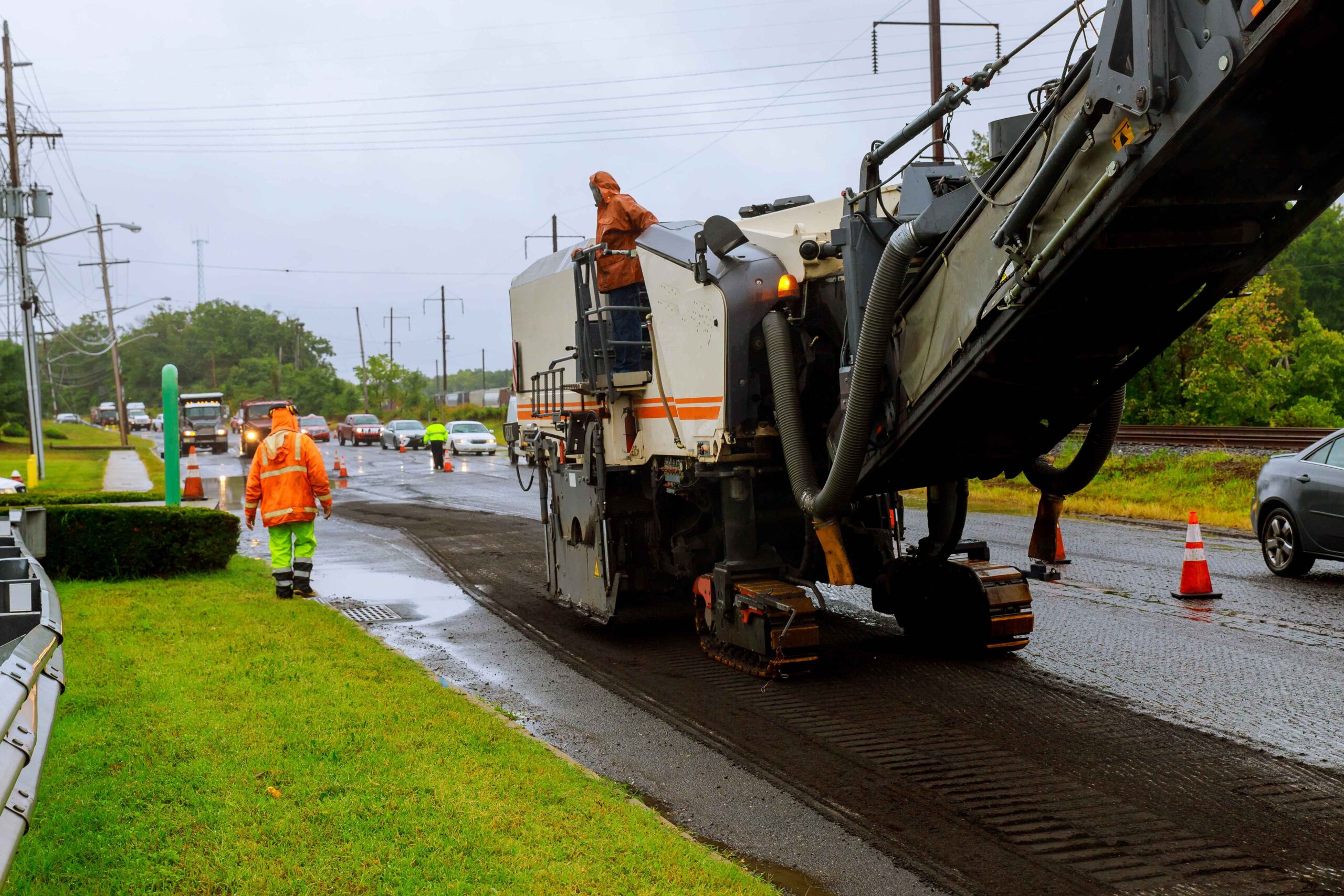
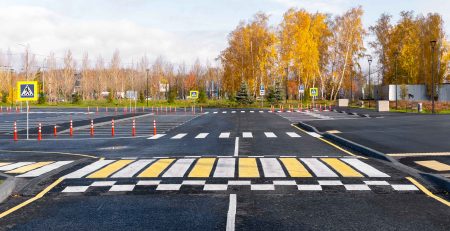
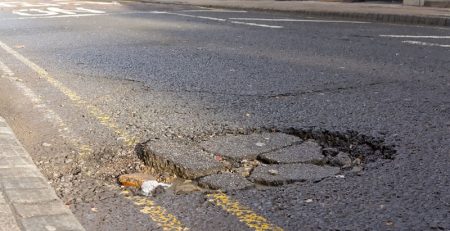


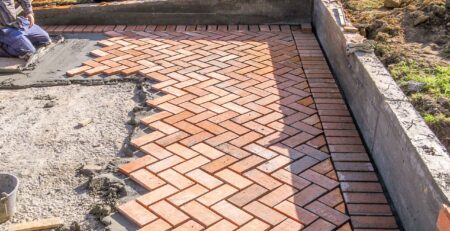
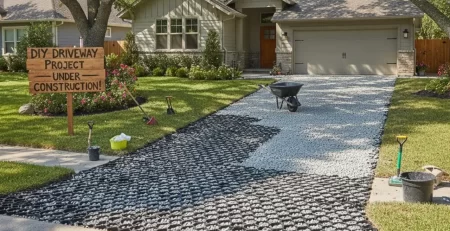

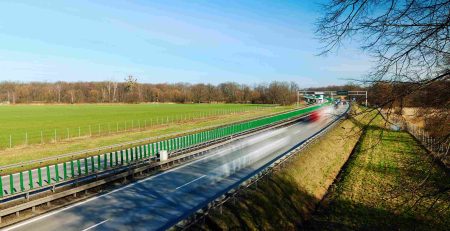
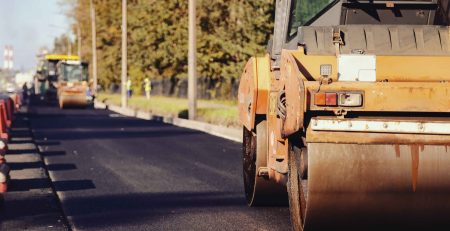
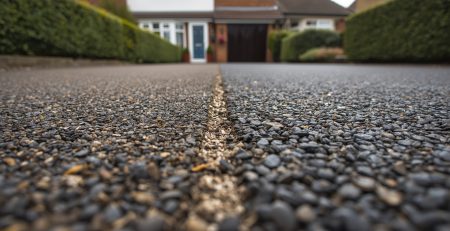
Leave a Reply